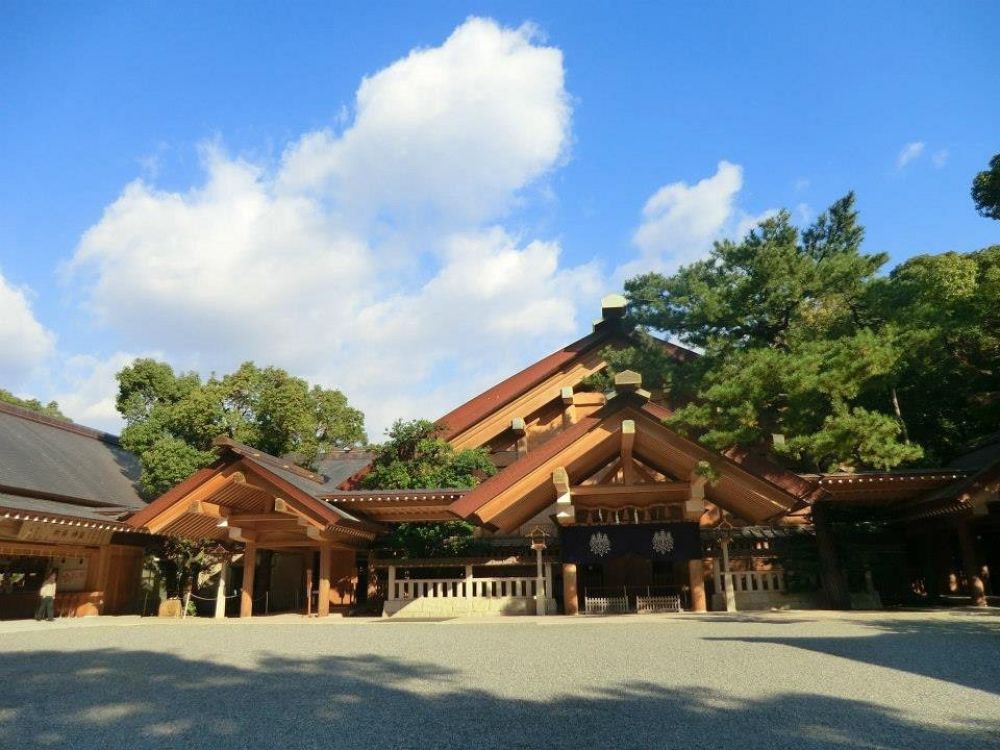

The Atsuta Shrine, located in the heart of Nagoya, Japan, stands as a timeless testament to the country's religious devotion and cultural heritage. This ancient Shinto shrine, also referred to as Atsuta Jingu, has a history stretching back over 1,900 years. It is a significant symbol of the Japanese spirit and remains one of the most important centers for Shinto rituals.
Established during the reign of Emperor Keiko in the first century, Atsoga Jingu boasts a storied past. It is primarily dedicated to the veneration of the sun goddess Amaterasu-omikami. Interestingly, the shrine is also home to one of the Three Sacred Treasures of Japan: the Kusanagi-no-Tsurugi, a legendary sword that embodies the valor and spirit of the Japanese imperial line.
Tourism at Atsuta Shrine has evolved over centuries, with the site initially drawing pilgrims wishing to pay their respects to the deities enshrined there. As years went by and access to travel improved, Atsuta Shrine became an integral stop for those exploring Japan's cultural and spiritual roots.
The shrine reached its tourism peak during the Edo period when visiting sacred sites became particularly popular among the Japanese populace. It has since remained amongst the top attractions in Nagoya, welcoming millions of visitors each year, including both domestic and international tourists.
In recent times, Atsuta Shrine has adapted to the changing tourism trends. The shrine management has incorporated modern amenities and multilingual guides to better cater to foreign visitors. Furthermore, the shrine complex has expanded to include a museum — the Atsuta Jingu Treasury — which houses an impressive collection of artifacts that illustrate the shrine's deep historical ties and its importance in Shinto traditions.
Throughout the year, Atsuta Shrine hosts several festivals and rituals that continue to attract crowds. The most notable of these is the Atsuta Matsuri, held annually on June 5th. During this festival, the streets come alive with parades, traditional performances, and various ceremonies, providing an immersive cultural experience for visitors.
The continuous influx of tourists to Atsuta Shrine has significantly contributed to the local economy, initiating a symbiotic relationship where preservation efforts receive the necessary funding from tourism while offering a genuinely enriching experience to visitors.
As one of Japan's most cherished religious sites, Atsuta Shrine will likely continue to be a focal point for tourism. The shrine represents a bridge between the past and the present, continually adapting to the latest tourism trends while maintaining the sanctity and traditional practices that have defined it for millennia.
For those planning a visit, the shrine grounds are open to the public year-round, and entry is free except for special exhibitions in the Treasury. Whether seeking spiritual enlightenment, a connection to Japan's history, or simply a peaceful retreat amidst the city, Atsuta Shrine offers a unique journey into the heart of Japanese culture.